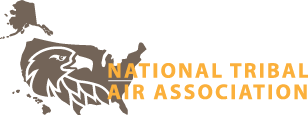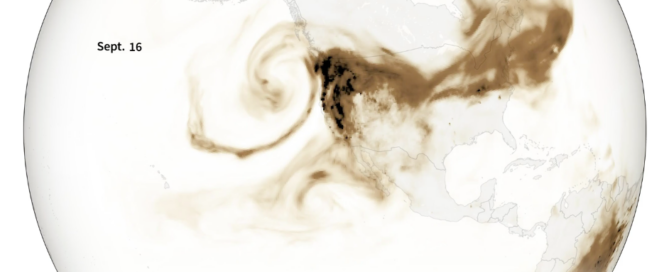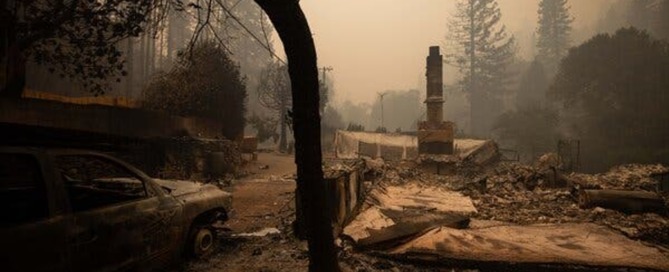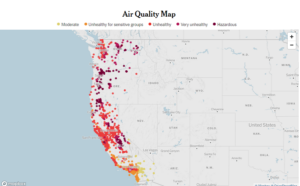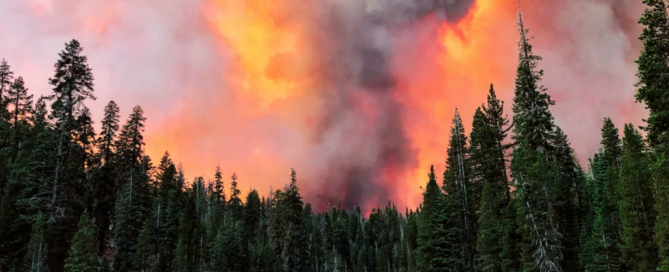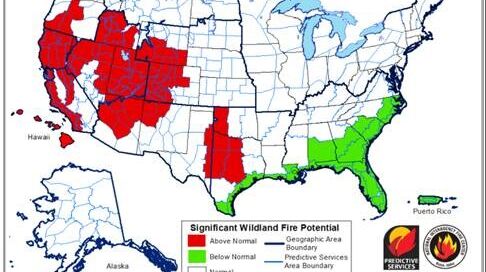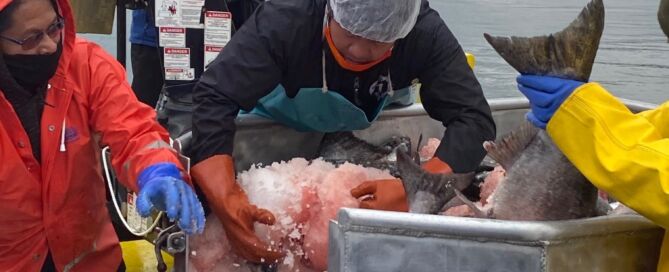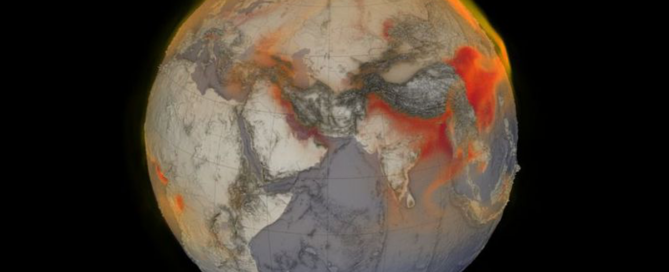PHOTOS FROM THE FIELD: Week of September 21 – 25, 2020
PHOTOS FROM THE FIELD
Last week, smoke from the fires covered the entire U.S. West Coast before spreading west out over the Pacific Ocean. This week the smoke has travelled thousands of miles east, turning skies from New York to Washington D.C. hazy and reaching as far as the skies above Britain.
In the animation above, Reuters visualises organic carbon released into the atmosphere during the fires. The smoke contains a substantial portion of fine particulate matter known by the particles’ size as PM2.5, which can have a major impact on people’s health. Continue reading here.
